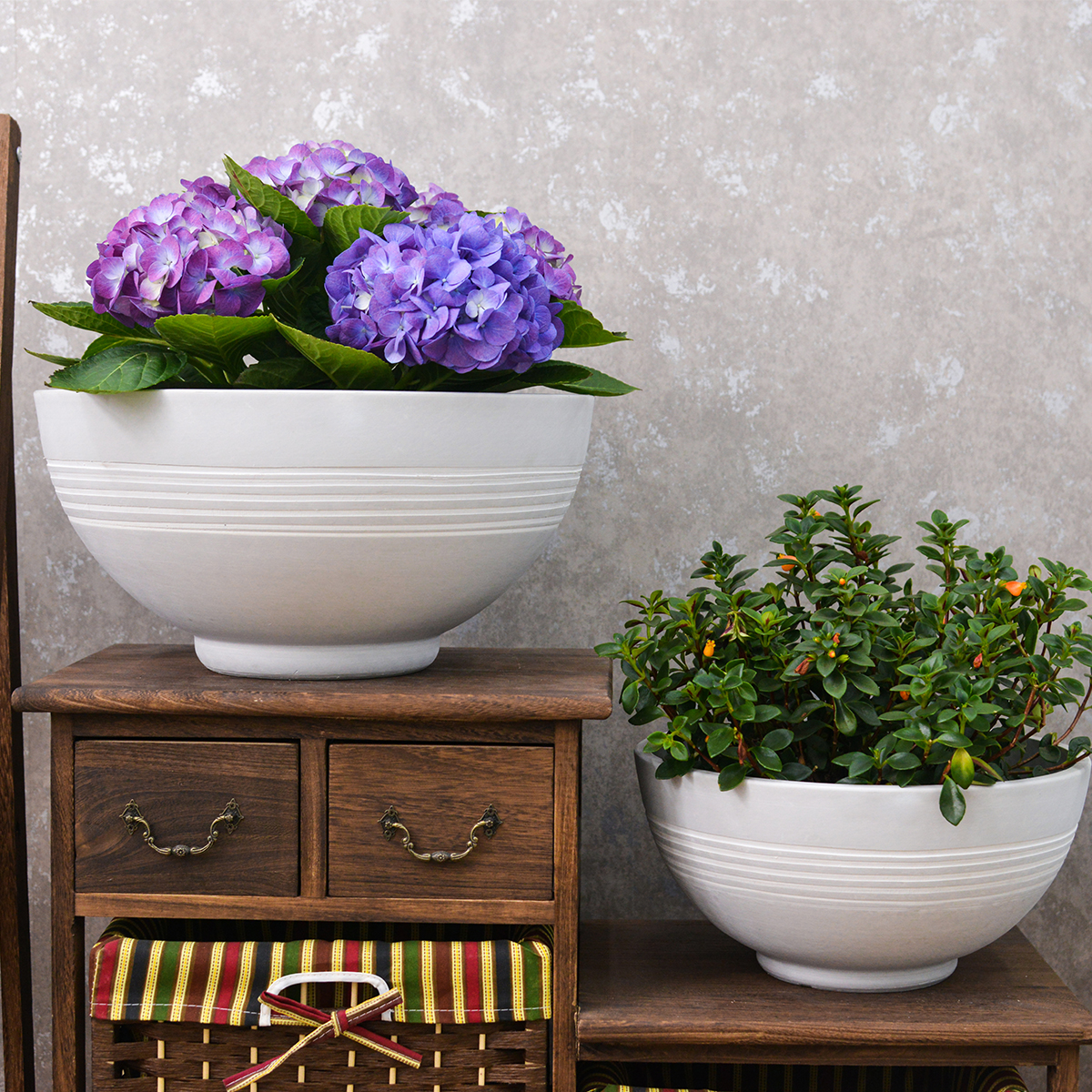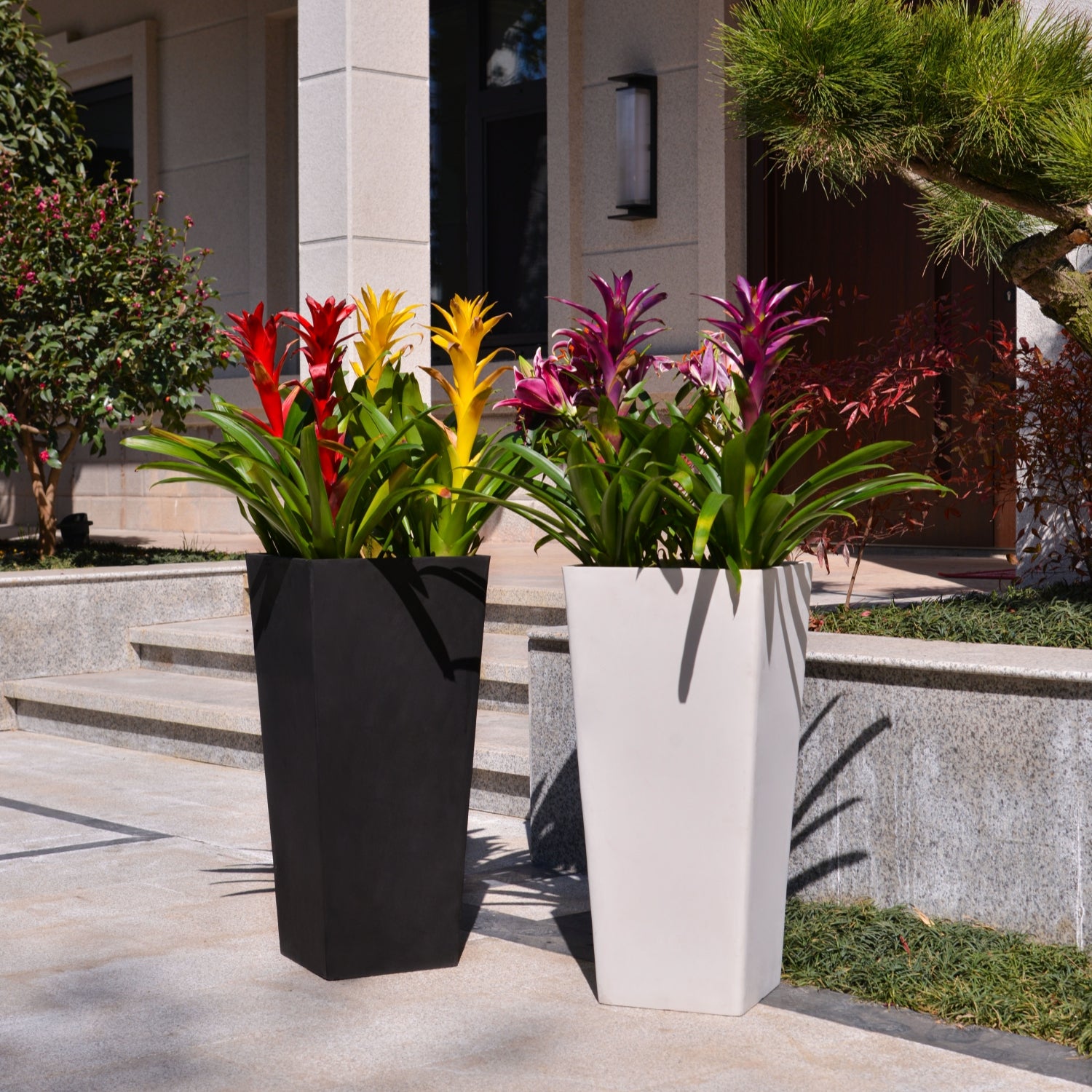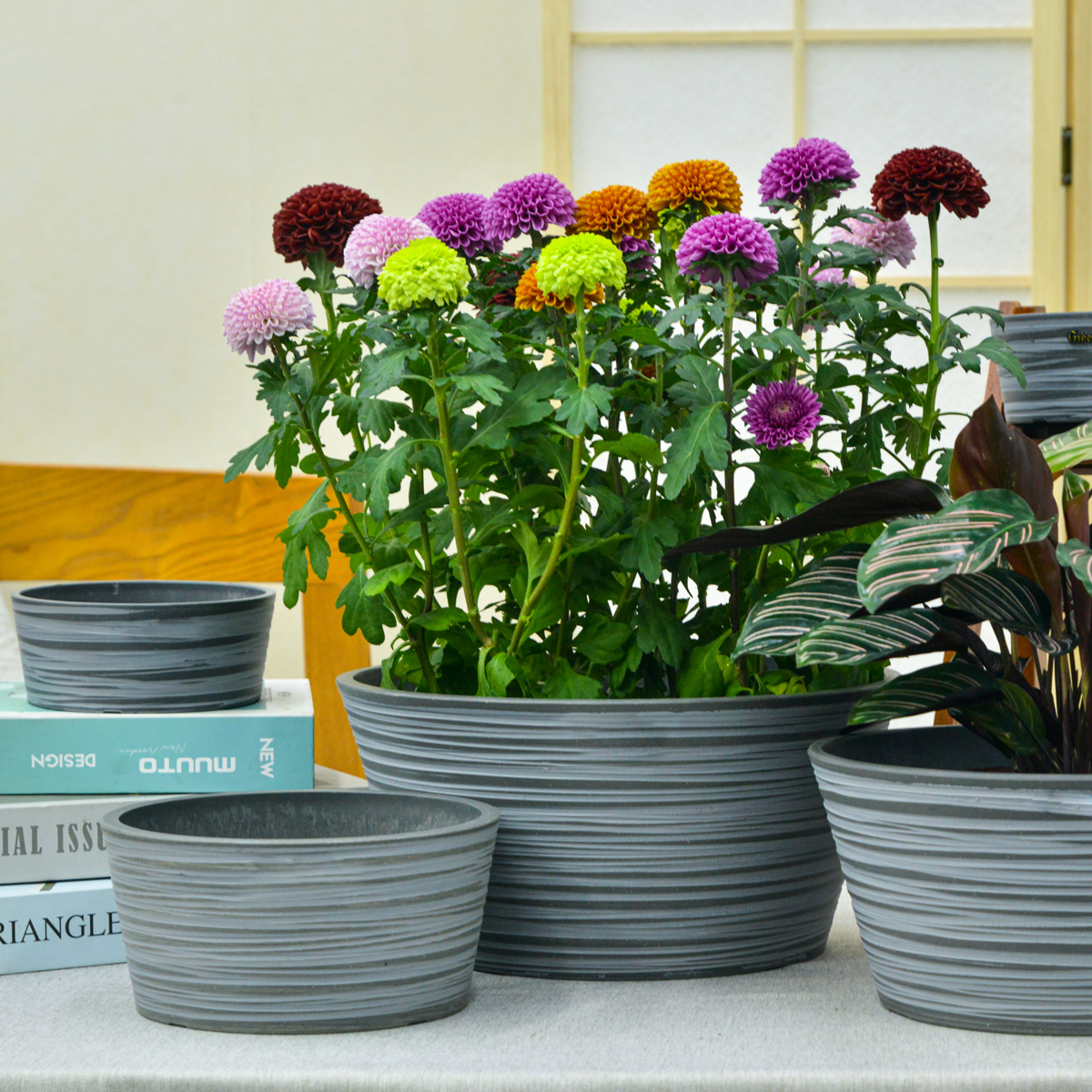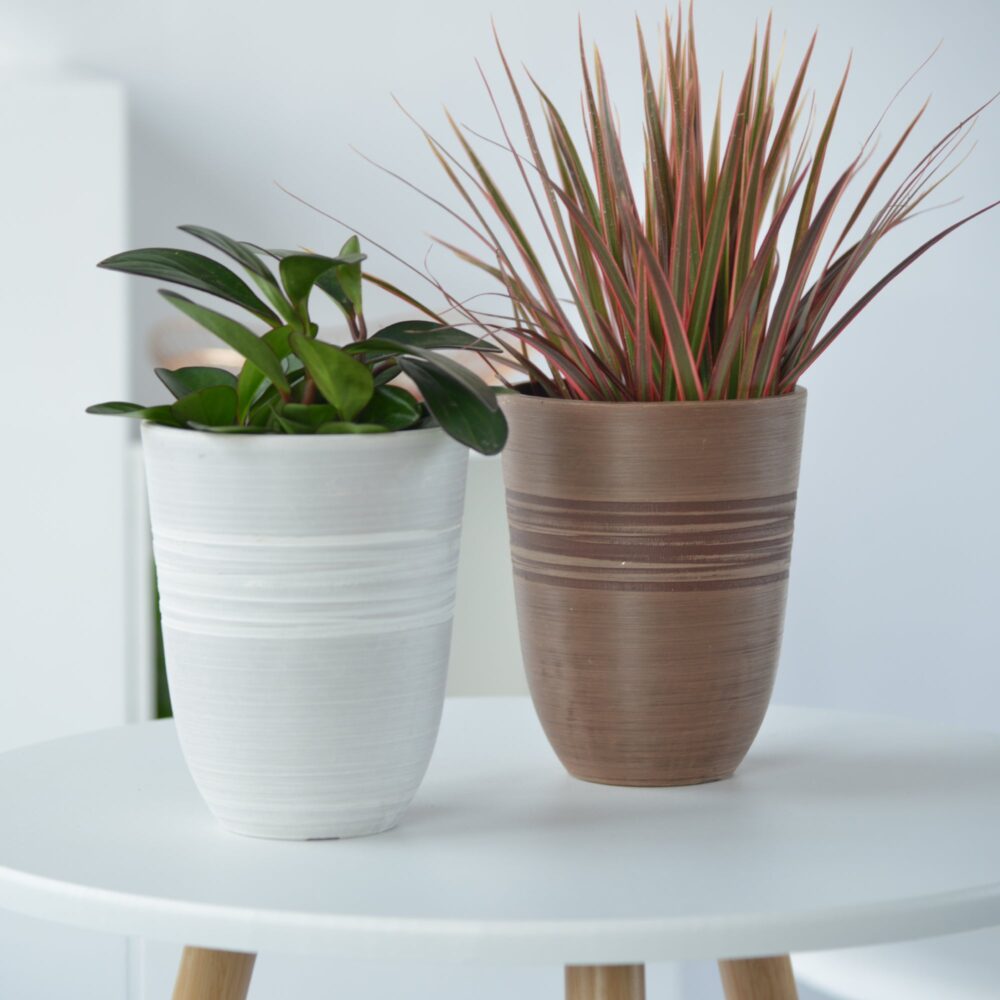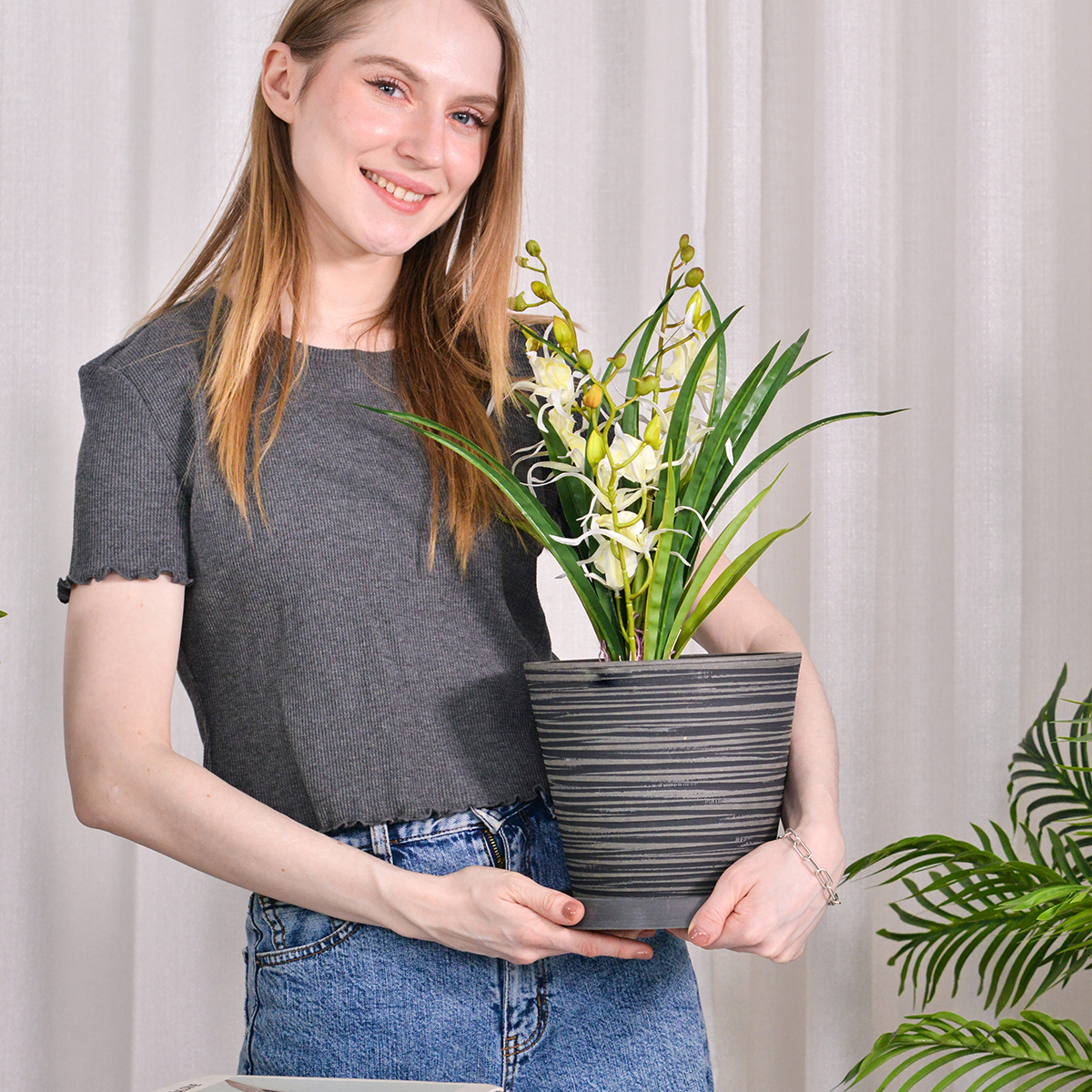What Size Planter for a 10 Inch Plant? Choosing the Perfect Pot for Thriving Growth
You’ve got a beautiful new plant, standing proudly at 10 inches tall. Excited to give it a stylish home, you might be wondering: “What size planter is just right?” Choosing the correct planter size is more than just aesthetics – it’s crucial for your plant’s health, growth, and overall well-being. A pot that’s too small can stunt growth and stress your plant, while one that’s too large can lead to root rot and other issues.
This article will be your definitive guide to selecting the perfect planter size for your 10-inch plant and beyond. We’ll break down the essential factors to consider, providing clear guidelines and practical tips to ensure your plant has the room it needs to flourish. Get ready to master the art of pot sizing and set your plants up for long-term success!
Beyond Height: Understanding the Real Question – Root Ball Size
While your plant is currently 10 inches tall, that measurement alone isn’t the key factor in choosing a planter. The most important consideration is the size of the root ball – the compact mass of roots at the base of the plant. The root ball is the engine of your plant, responsible for absorbing water and nutrients. Giving it adequate space is paramount.
Imagine the plant you are considering potting is currently in a nursery pot. That nursery pot size gives you the best clue to the current root ball size.
General Guidelines: “Rule of Thumb” for Planter Size
A common and reliable guideline for choosing a planter is the “rule of thumb” – or rather, the “rule of inches”! Here’s the basic principle:
Diameter and Depth: For most 10-inch plants (and plants in general), you’ll want to choose a planter that is at least 2-4 inches wider in diameter than the current root ball. The depth should also be at least 2-4 inches deeper than the root ball’s depth.
Why the Extra Space? This extra space provides:
- Room for Root Growth: Roots need room to expand and grow outwards and downwards. Confining them in a pot that’s too small will restrict their growth and stunt the plant’s overall development.
- Improved Stability: A wider and deeper pot provides better stability for a top-heavy 10-inch plant, preventing it from easily tipping over.
- Water and Nutrient Reservoir: A larger volume of potting mix in a properly sized pot holds more moisture and nutrients, reducing the frequency of watering and feeding.
- Better Air Circulation: Adequate space around the roots promotes better air circulation within the potting mix, which is crucial for root health and preventing root rot.
Applying the Rule to a 10-Inch Plant: Practical Examples
Let’s say your 10-inch plant (measured from the soil line to the top of the foliage) is currently in a 6-inch nursery pot. This 6-inch measurement is likely close to the diameter of its root ball.
Following the “2-4 inches wider” guideline, you would aim for a planter that is:
- 8-10 inches in diameter
- 8-10 inches in depth
This means an 8-inch pot is the absolute minimum, and a 10-inch pot would be a very good choice, providing ample room for growth. If you want to give your plant even more space to thrive, you could even go slightly larger, to a 12-inch pot, but for most 10-inch plants, an 8-10 inch pot will be ideal.
Considering Different Plant Types:
While the “2-4 inch rule” is a great starting point, remember that different types of plants have varying root systems and growth habits.
- Fast-Growing Plants: Plants that are known to grow quickly and have vigorous root systems might benefit from a slightly larger pot within the recommended range (closer to the +4 inches side of the guideline). This gives them more room to expand before needing to be repotted again.
- Slow-Growing Plants: Slower-growing plants or those with less extensive root systems might be perfectly happy in a pot on the smaller side of the recommended range (closer to the +2 inches side of the guideline).
- Specific Plant Needs: Research the specific needs of your plant species. Some plants, like certain succulents or bonsai, actually prefer to be slightly root-bound and may not need a significantly larger pot. Others, like some types of herbs or vegetables, are heavy feeders and might benefit from a larger pot to support their rapid growth.

The Downsides of Wrongly Sized Planters:
Choosing the wrong size planter can have negative consequences for your plant:
Planter Too Small:
- Stunted Growth: Roots become constricted, limiting nutrient and water uptake, leading to stunted growth, smaller leaves, and fewer blooms.
- Root-Bound Issues: Roots can become tightly packed and circle the pot, eventually girdling themselves and suffocating the plant.
- Frequent Watering & Drying Out: Small pots dry out much faster, requiring more frequent watering and potentially stressing the plant if it experiences cycles of drought and overwatering.
- Nutrient Deficiencies: Limited potting mix volume means fewer nutrient reserves, leading to nutrient deficiencies and the need for more frequent fertilization.
- Plant Stress & Wilting: Overcrowded roots and water stress can lead to overall plant stress, wilting, and reduced vigor.
Planter Too Large:
- Overwatering & Root Rot Risk: Excessively large pots hold too much moisture, and if the potting mix stays soggy for extended periods, it can lead to root rot, a fungal disease that can kill your plant.
- Slowed Growth (Initially): In a very large pot, the potting mix can stay too wet and cold, especially in cooler weather, potentially slowing down root development and initial growth.
- Watering Challenges: It can be difficult to water evenly in a large pot, and it’s harder to judge when the plant needs watering again.
- Aesthetic Imbalance: A tiny plant in a huge pot can look visually unbalanced and less appealing.
Units of Measurement: Inches, Gallons, and Liters
Planter sizes are commonly given in inches (diameter) and sometimes in gallons or liters (volume). Here’s a quick guide to understanding these units:
Inches (Diameter): Usually refers to the diameter of the pot’s opening at the top. This is the most common way planter sizes are listed, especially for smaller to medium-sized pots.
Gallons & Liters (Volume): Indicates the pot’s capacity to hold potting mix. Larger planters, especially those for outdoor use, are often measured in gallons or liters.
Approximate Conversions (Keep in Mind these are rough estimates as pot shapes vary):
- 1 Gallon ≈ 3.78 Liters
- 1 Gallon ≈ 16 cups
- Common Pot Diameters to Gallon/Liter Equivalents (Rough Estimates):
- 6-inch pot ≈ 0.5 Gallon (2 Liters)
- 8-inch pot ≈ 1 Gallon (4 Liters)
- 10-inch pot ≈ 2 Gallons (8 Liters)
- 12-inch pot ≈ 3 Gallons (12 Liters)
Factors to Further Consider When Choosing Planter Size:
Planter Material:
- Terracotta Pots: Terracotta is porous, allowing for better air circulation and faster drying of the potting mix. This can be beneficial and make slightly smaller pots more forgiving, but they also require more frequent watering.
- Plastic Pots: Plastic pots retain moisture longer than terracotta. Be mindful not to overpot in plastic, as it can increase the risk of overwatering.
Drainage Holes: Absolutely essential! Ensure your chosen planter has drainage holes at the bottom to allow excess water to escape and prevent waterlogging.
Mature Size of the Plant: Consider the mature size of your plant, not just its current 10-inch height. If it’s a fast-growing plant that will eventually reach 2-3 feet tall, you might want to choose a slightly larger pot now to accommodate its future growth and reduce the need for frequent repotting.
When in Doubt, Size Up (Slightly):
If you are unsure between two pot sizes, it’s generally better to slightly size up rather than choose a pot that is too small. A slightly larger pot is far less detrimental than a pot that is too restrictive for the roots. Just be extra mindful of your watering habits to avoid overwatering in a larger pot, especially if using plastic.

Conclusion: The Perfect Planter – Room to Grow & Thrive
Choosing the right planter size is a fundamental aspect of plant care that directly impacts your plant’s health and growth. For a 10-inch plant, aiming for an 8-10 inch diameter and depth planter is a solid starting point. Remember to consider your plant’s root ball, growth habits, and specific needs to fine-tune your choice. By providing your plant with the right “home,” you’re setting the stage for vigorous growth, abundant blooms, and a thriving, happy plant for years to come!
KC3-09k
By greenship|2024-08-16T06:24:36+00:00August 16, 2024|Categories: Hand-carving Series|
KC2-21G
By greenship|2024-08-13T06:19:08+00:00August 13, 2024|Categories: Hand-carving Series|
GreenShip 27inch Tall Planters for Porch, Large Outdoor Planter Pots with Drainage Hole
By greenship-seo|2025-04-10T06:27:21+00:00April 7, 2025|Categories: Hand-carving Series|Tags: Decorative Flower Pots|
11THD
By greenship|2024-08-13T02:52:20+00:00August 13, 2024|Categories: Hand-carving Series|
Plant Pots 6 inch 8 inch 10 inch for Indoor Plants, Set of 3 Modern Decorative Planter ts with Drainage Hole, Decorative Flower Pots
By greenship-seo|2025-04-10T06:39:28+00:00January 14, 2025|Categories: Hand-carving Series|Tags: Decorative Flower Pots|
K2-11T
By greenship|2024-08-13T04:21:25+00:00August 13, 2024|Categories: Hand-carving Series|

